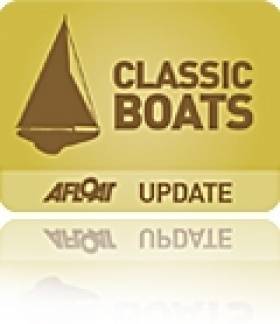Displaying items by tag: EU Boat project
#historicboats – Boat-building organisations from France, Spain and Belgium and boating enthusiasts from across Ireland will attend an EU backed workshop conference as part of a three day visit to Cork Harbour next week.
The host organisation Meitheal Mara, based at Crosses Green in the heart of Cork City, is a community boatyard that, through its training programmes, utilises traditional boatbuilding, wood working and rowing skills to promote participant's social and personal development.
The EU Boat project is a three year learning partnership connecting Meitheal Mara with similar organisations from across Europe to share good practice, discuss challenges and devise solutions.
In addition to connecting community boat-builders, the project will also provide an opportunity for public representatives to come together to discuss their strategies for developing recreational water activities, preserving maritime heritage and promoting harbours and waterways for tourism. This week will see representatives from Cork City Council, Port of Cork and Failte Ireland come together with their European counterparts who are also travelling to Cork for the event.
The European visitors will also get the chance to try their hand at rowing a traditional Irish currach on the river Lee, visit the Port of Cork and tour the bonded warehouses on Custom House Quay.























